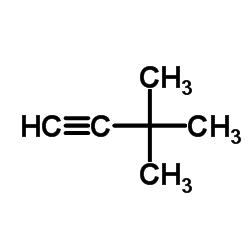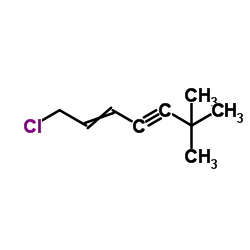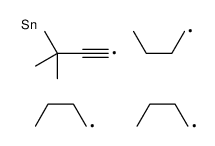91161-71-6
| Name | terbinafine |
|---|---|
| Synonyms |
Lamasil
UNII-G7RIW8S0XP S1725_Selleck Terbinafine Lamisil AT trans-N-Methyl-N-(1-naphthylmethyl)-6,6-dimethylhept-2-en-4-ynyl-1-amine (E)-N,6,6-trimethyl-N-(naphthalen-1-ylmethyl)hept-2-en-4-yn-1-amine Lamisil Lamasil (TN) (2E)-N,6,6-Trimethyl-N-(1-naphthylmethyl)hept-2-en-4-yn-1-amine (2E)-N,6,6-Trimethyl-N-(1-naphthylmethyl)-2-hepten-4-yn-1-amine SF-86-327 EINECS 245-385-8 MFCD00242672 Lamisil Tablet |
| Description | Terbinafine (TDT 067) is an antifungal medication used to treat fungal infections. It is a potent non-competitive inhibitor of squalene epoxidase from Candida with a Ki of 30 nM. |
|---|---|
| Related Catalog | |
| Target |
Ki: 30 nM (squalene epoxidase)[1] |
| In Vitro | Terbinafine has a primary fungicidal action in vitro against most fungal pathogens, including dermatophytes, and dimorphic and filamentous fungi. Terbinafine specifically inhibits fungal ergosterol biosynthesis at the point of squalene epoxidation. The treated fungal cells rapidly accumulate tlic intermediate squalene and become deficient in the end-product of the pathway, ergosterol[1]. |
| In Vivo | Terbinafine is not only active after topical application but is very effective in experimental dermatophytoses following oral administration. In fungi infected guinea-pigs, the skin temperature dropps dramatically after the fourth treatment of terbinafine[2]. |
| Animal Admin | Guinea-pigs: The backs (lumbar regions) of guinea-pigs, which have been mechanically depilated, are infected with 0.1 mL Sabouraud's dextrose 2% broth containing 106 c.f.u. of Truhophyton mentagrophytes. The treatments commence 48 h post-inoculation. The test compounds (Terbinafine) are suspended in 2% tylose and Tween 80 and administered via a stomach tube once daily on 9 consecutive days, or dissolved in a mixture of polyethylene glycol 400 and etbanol and spread on the infected part ot the body in a volume of 0.4 mL with a Hrigalski spatula once daily for 1-7 consecutive days[2]. |
| References |
| Density | 1.0±0.1 g/cm3 |
|---|---|
| Boiling Point | 417.9±33.0 °C at 760 mmHg |
| Molecular Formula | C21H25N |
| Molecular Weight | 291.430 |
| Flash Point | 183.7±22.3 °C |
| Exact Mass | 291.198700 |
| PSA | 3.24000 |
| LogP | 6.61 |
| Vapour Pressure | 0.0±1.0 mmHg at 25°C |
| Index of Refraction | 1.586 |
CHEMICAL IDENTIFICATION
HEALTH HAZARD DATAACUTE TOXICITY DATA
|
| Hazard Codes | Xi |
|---|---|
| Risk Phrases | 36/37/38 |
| Safety Phrases | S26-S36/37/39 |
| HS Code | 2921499090 |
| Precursor 8 | |
|---|---|
| DownStream 1 | |
| HS Code | 2921499090 |
|---|---|
| Summary | 2921499090 other aromatic monoamines and their derivatives; salts thereof VAT:17.0% Tax rebate rate:9.0% Supervision conditions:none MFN tariff:6.5% General tariff:30.0% |









